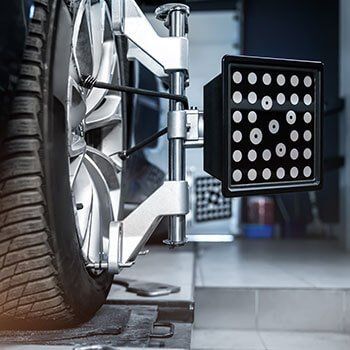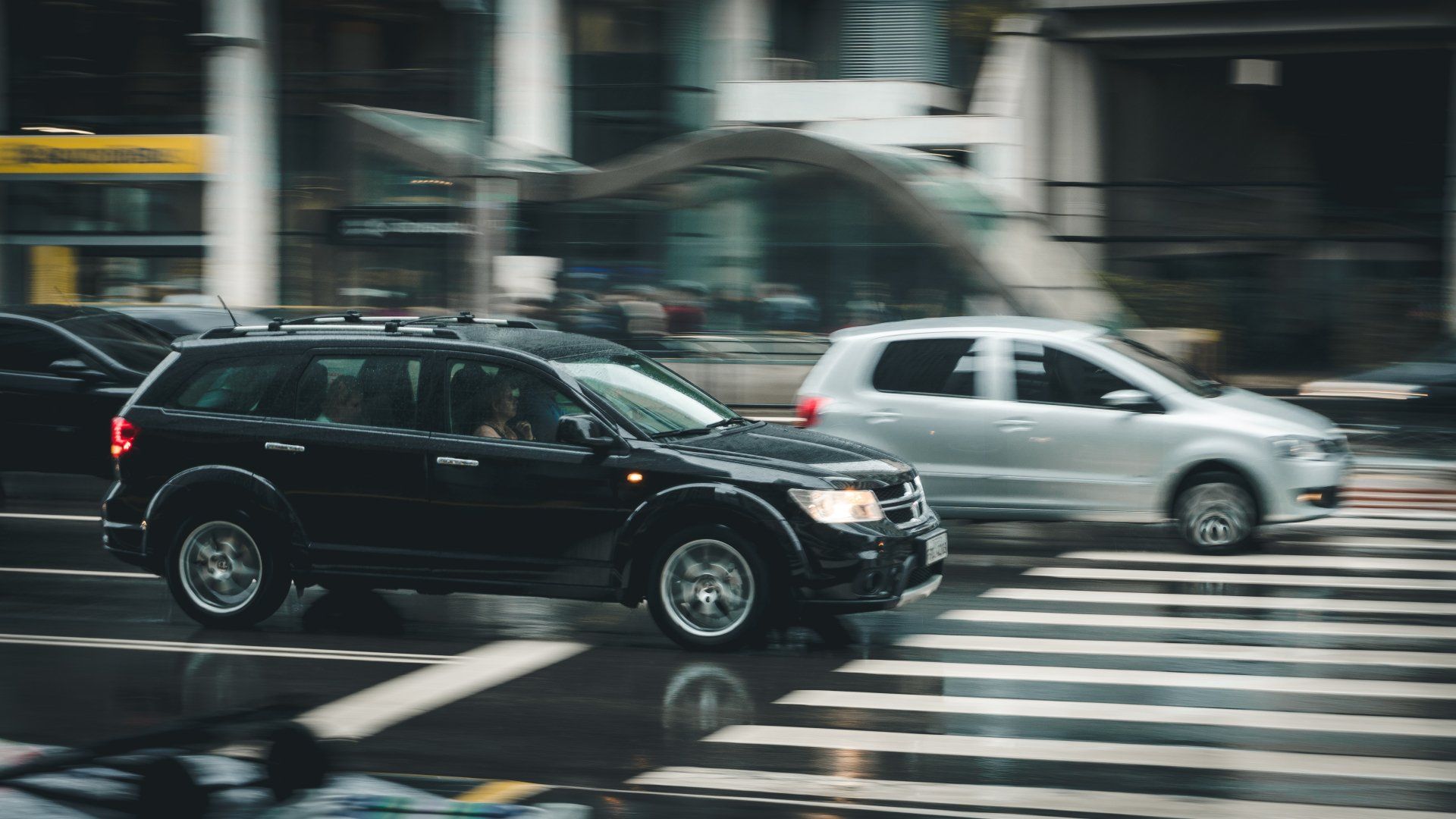Understanding the Types of Sensors and Cameras in Modern Vehicles
At ADAS LI in Amityville, NY, we understand that modern vehicles are equipped with an array of advanced driver-assistance systems (ADAS) that rely heavily on various sensors and cameras. These technologies are designed to enhance vehicle safety, improve driving comfort, and ensure optimal vehicle performance. This blog post will delve into the types of sensors and cameras found in contemporary vehicles, explaining their functions and importance in everyday driving. As an ADAS auto shop specializing in post-collision diagnostic and calibration services for repair facilities across Long Island, Queens, and Brooklyn, we use the latest OEM tooling and procedures to ensure your vehicle's systems are accurately calibrated and functioning correctly.
The Role of Sensors in Modern Vehicles
Sensors are critical components in ADAS, providing real-time data that enables various safety and performance features. Here are some of the key sensors commonly found in today's vehicles:
- Radar Sensors: These sensors use radio waves to detect objects' distance, speed, and direction around the vehicle. They are primarily used in adaptive cruise control, collision avoidance, and blind-spot detection systems.
- Ultrasonic Sensors: Typically used for parking assistance, these sensors emit sound waves that bounce off nearby objects, helping drivers maneuver in tight spaces and avoid obstacles.
- LiDAR Sensors: Light Detection and Ranging (LiDAR) sensors use laser beams to create a 3D map of the vehicle's surroundings. They are essential for advanced features like autonomous driving and precise obstacle detection.
- Infrared Sensors: These sensors detect heat emitted by objects, which is useful for night vision systems and pedestrian detection, enhancing safety in low-light conditions.
- Wheel Speed Sensors: Integral to the functioning of anti-lock braking systems (ABS) and traction control systems, these sensors measure the speed of each wheel, helping maintain vehicle stability and control.
The Importance of Cameras in Modern Vehicles
Cameras complement sensors by providing visual data that enhances the vehicle's awareness and driver assistance capabilities. Some of the primary types of cameras used include:
- Forward-Facing Cameras: Located near the rearview mirror, these cameras are used for lane departure warning, traffic sign recognition, and forward collision warning systems.
- Rearview Cameras: These are standard in most new vehicles, providing a clear view of the area behind the vehicle to assist with reversing and parking.
- Surround-View Cameras: Also known as 360-degree cameras, these systems use multiple cameras placed around the vehicle to provide a bird's-eye view, aiding in parking and low-speed maneuvering.
- Driver Monitoring Cameras: These interior cameras track the driver’s head and eye movements to detect signs of drowsiness or distraction, prompting alerts to ensure the driver remains attentive.
- Side-View Cameras: Used in place of traditional side mirrors in some modern vehicles, these cameras provide a wider and clearer view of the vehicle's sides, enhancing safety and aerodynamics.
The Integration of Sensors and Cameras
The integration of sensors and cameras creates a robust network that supports various ADAS features, contributing to a safer and more efficient driving experience. For instance, in an automatic emergency braking (AEB) system, radar sensors detect the distance to the vehicle ahead, while forward-facing cameras analyze the traffic situation. If a potential collision is detected, the system can automatically apply the brakes to avoid or mitigate the impact.
Post-Collision Diagnostics and Calibration
At ADAS LI, we specialize in post-collision diagnostics and calibration services, ensuring that all sensors and cameras are accurately aligned and functioning as intended after a repair. This process is crucial for maintaining the integrity of the ADAS features and ensuring the safety of the vehicle's occupants. Using the latest OEM tooling and procedures, we provide comprehensive calibration services to repair facilities throughout Long Island, Queens, and Brooklyn.
Why Choose ADAS LI?
- Expertise: Our team of technicians is trained in the latest ADAS technologies and calibration techniques.
- Precision: We use state-of-the-art OEM tooling to ensure accurate diagnostics and calibration.
- Convenience: Located in Amityville, NY, we serve repair facilities across Long Island, Queens, and Brooklyn, providing reliable and timely services.
Understanding the types of sensors and cameras in modern vehicles is essential for appreciating the advanced safety and convenience features they offer. At ADAS LI, we are committed to ensuring these systems function correctly through our specialized post-collision diagnostic and calibration services. If you have any questions or need our services, don’t hesitate to reach out to us.







